|
8/18/2014 0 Comments It's ALL IN THE SET UP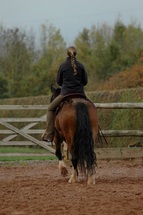 One of the very most important things MY instructor told me when I wanted to be a professional was, “It’s all about how you set it up – if you are not clear enough in the beginning, you will know it later! The better you prepare yourself and your students, the better things will go.” And, just as so many things do, I have found this statement to fit with my horsemanship as well (and many other areas of my life!). So often, I can see horses that are high headed, confused, acting out (rearing, bucking, striking, etc.), afraid, or defensive… and guess what the common denominator is in all of these problems? The HUMAN! Not to say that we don’t love our horses or that we wouldn’t do anything for them. It’s just all in the set up. Perhaps the person is not being as clear in his/her communication. Perhaps the horse is used to being in charge and is not sure if it agrees with the “trainer” that he/she deserves to lead. Perhaps the human is afraid, which in turn scares the horse, and the horse starts to push back in an attempt to either have a leader or become the leader. Horses are really quite simple in their first, and most important, need. They want to feel SAFE. If you meet this need, by being a calm, confident, and thoughtful leader, the horses will immediately start to be calmer, braver, and more like partners. The way that the human approaches the horse will immediately determine how the relationship will go. If you approach the horse with a calm demeanor and respond to anything that the horse does with no emotion, the horse will in turn relax and start to wonder what it can do to communicate in the same way. If the human comes to the horse with the attitude of making the horse a servant or dominating it, the horse will often respond in fear or dominance as it feels its survival is threatened. In the end, each of us will want certain qualities in our horses. Some may want more obedience where others may want more exuberance (opposite of obedience, offering more effort than asked for, etc.). Some may want to develop a horse with more responsiveness and more go. Others may want the horse to slow down and be more thoughtful. Whatever you personally desire, may be perfect for you and your horses. There are some common qualities that all horsemen should develop (Pat’s 10 Qualities of a Horseman): heart and desire, respect, impulsion, flexion, attitude, feel, timing, balance, savvy, and experience. The first four are for both the horse and the human. The rest --- well, those are up to us to develop! (To hear directly from Pat on these qualities, visit your Parelli Connect Learning Library for audios on the 10 Qualities or read the Qualities from Pat’s original book, “Natural Horsemanship”). So what do you want from your horse? From your partner or your friend? What can you do to change your set-up so that you can have a calmer, happier, and more fulfilling relationship? I’d love to hear your comments!
0 Comments
4/21/2014 3 Comments The Silence between the notes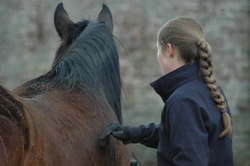 I always feel so at peace after a day of riding. In the moment, I can drift away from the past and the future and simply BE - I find this state particularly soothing. I have found that in general, my horsemanship has moved in this direction for the past few years. I now believe that having peace and calmness is the true art of horsemanship. This goes for even the faster things that we do with our horses. I still laugh at some of my students' faces when I galloped past them on a fat little cob during a trail riding clinic in Wales --- eating an apple! I think that single image drove home for them more strongly than anything else I taught that clinic that even with faster gaits and activities, both you and your horse can be in a total state of connection and calmness. But how does one achieve this? I believe it comes first through awareness - first of yourself and then of your horse's - internal and external states. Are you tight? Are you worried? Is there a good reason for this? Can I foresee any issues during my ground session or my riding and if so, can I simply avert it by being passively proactive? And can my horse check in with me and see that things are indeed okay? Can he see that I have been a patient and progressive leader for him? Can he trust that I will not be afraid or offended by what he needs to do? Perhaps I notice more strongly now what a true partnership feels like because I know now what a false partnership feels like. I can feel the lack of attention and the lack of trust. I can feel the harmony and the moments of true oneness. I can feel the moments when my horse and I are slightly out of sync, and yet, I can also very patiently and simply refocus my energy and my intentions to bring us back to harmony quickly. It's like a dance - you can't dance with another when you are both so intent on correcting. Like in music, you need silence between the notes. You need to separate the moments between the motions. It is this present PRESENCE that is so important to our communication and relationship with our horses. It is when you get yourself trapped in the past or the future that your heart, your soul, and your mind get you in trouble. The horses are only in the now - with memories of certain past experiences, certainly - but no fear of something that does not exist unless it is also in the present. It is a lesson for us all. Just as with everything, Horses Teach Humans and Humans Teach Horses. Enjoy the dance! I look forward to hearing your thoughts. ~Mattie |
Archives
March 2020
AuthorMattie Cowherd loves sharing her passion for horses, nature, and learning. Join her for some fun thoughts and adventures. Mattie loves writing, teaching, horse care, and --- well --- horses! Categories |
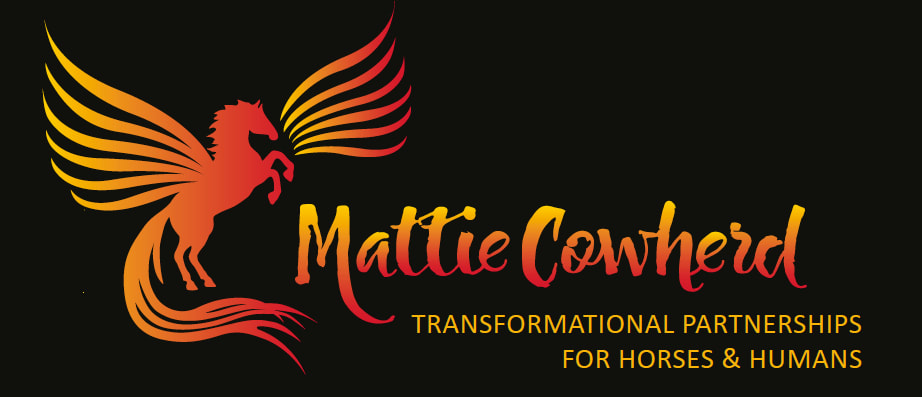
Holistic Equine Partnerships - Care, Instruction, and Healing Natural Horsemanship Instruction and Training Performance Horse Barefoot Hoof Trimming and Bodywork |
Mailing Address:
P.O. Box 247 Bayfield, CO 81122-0247 Phone: (970) 880 - 2844 Email: [email protected] |
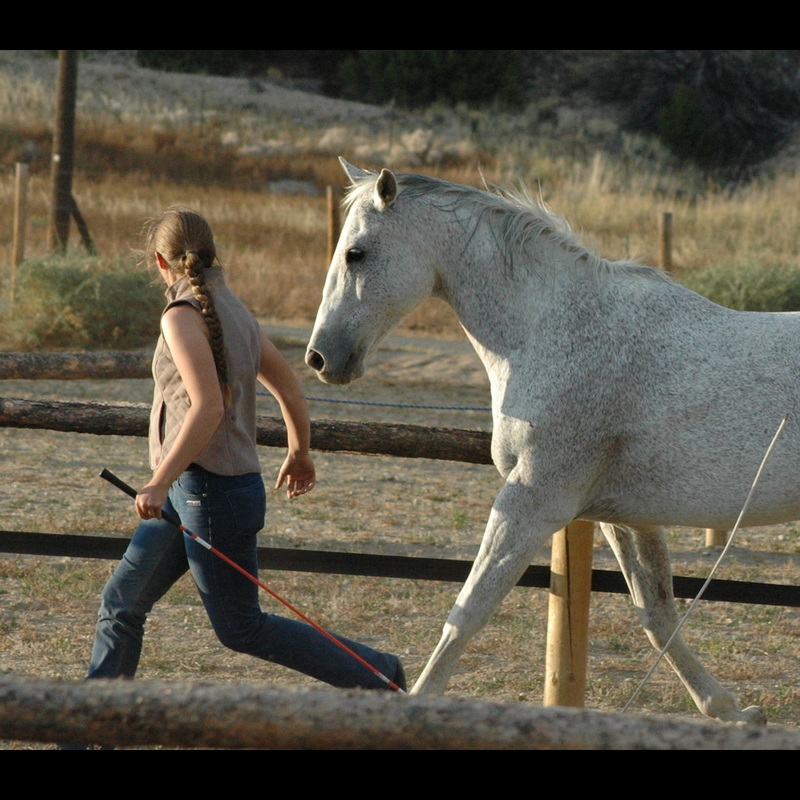
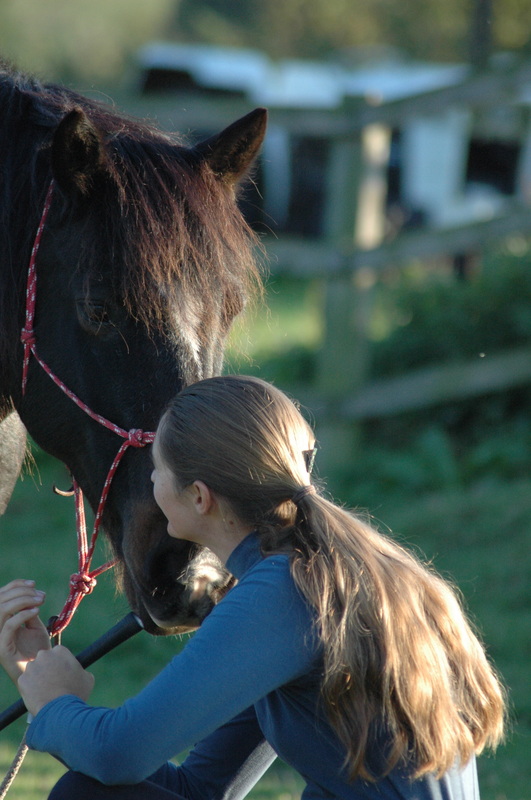
 RSS Feed
RSS Feed